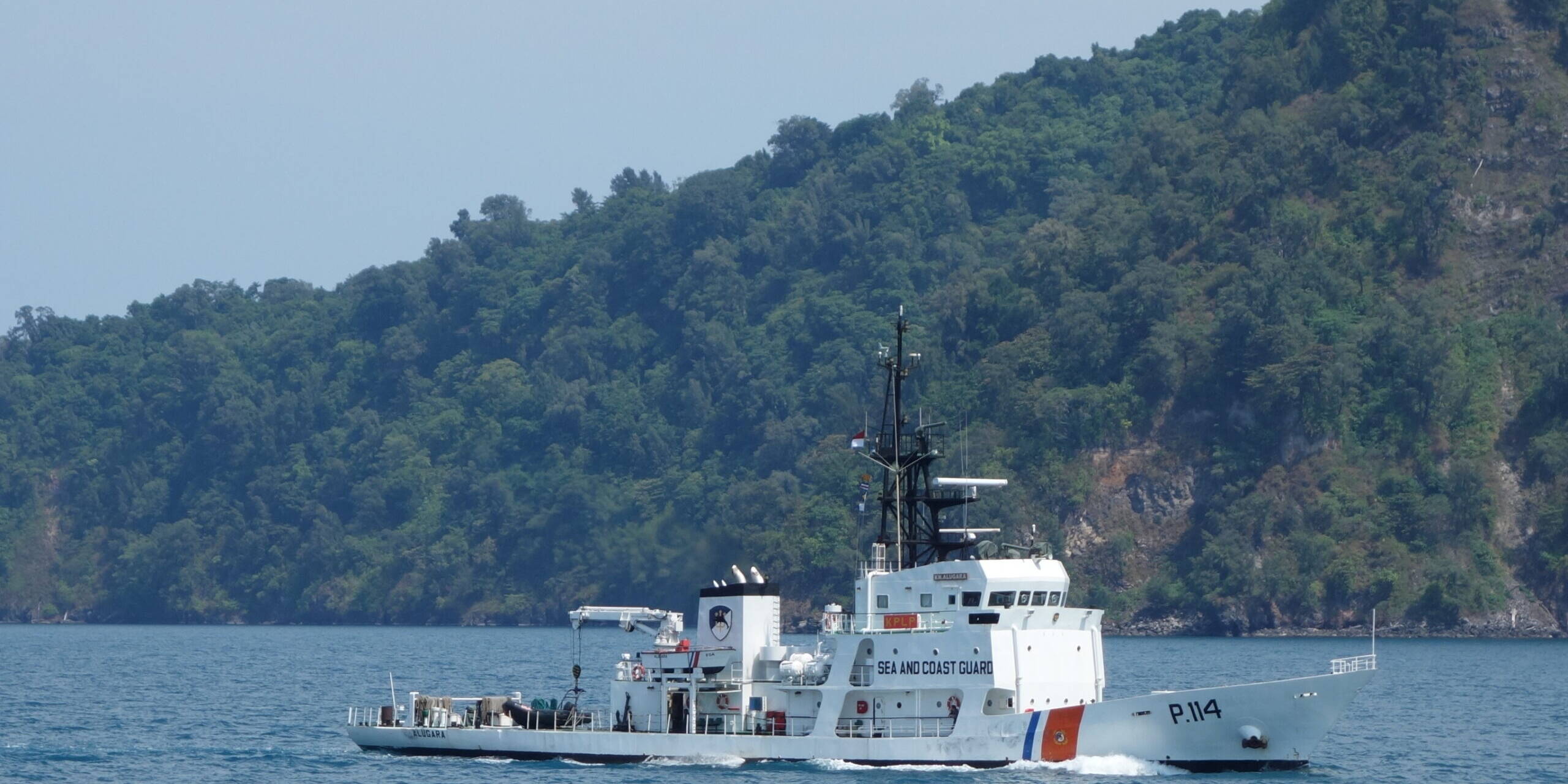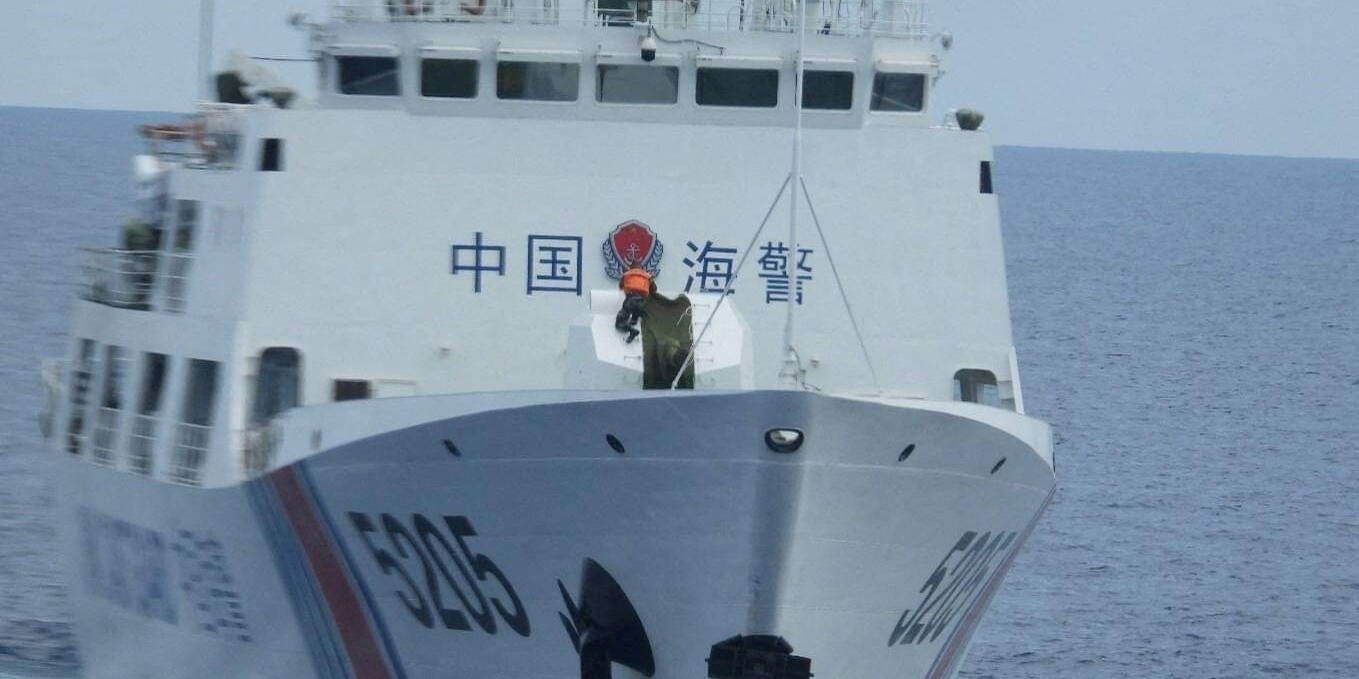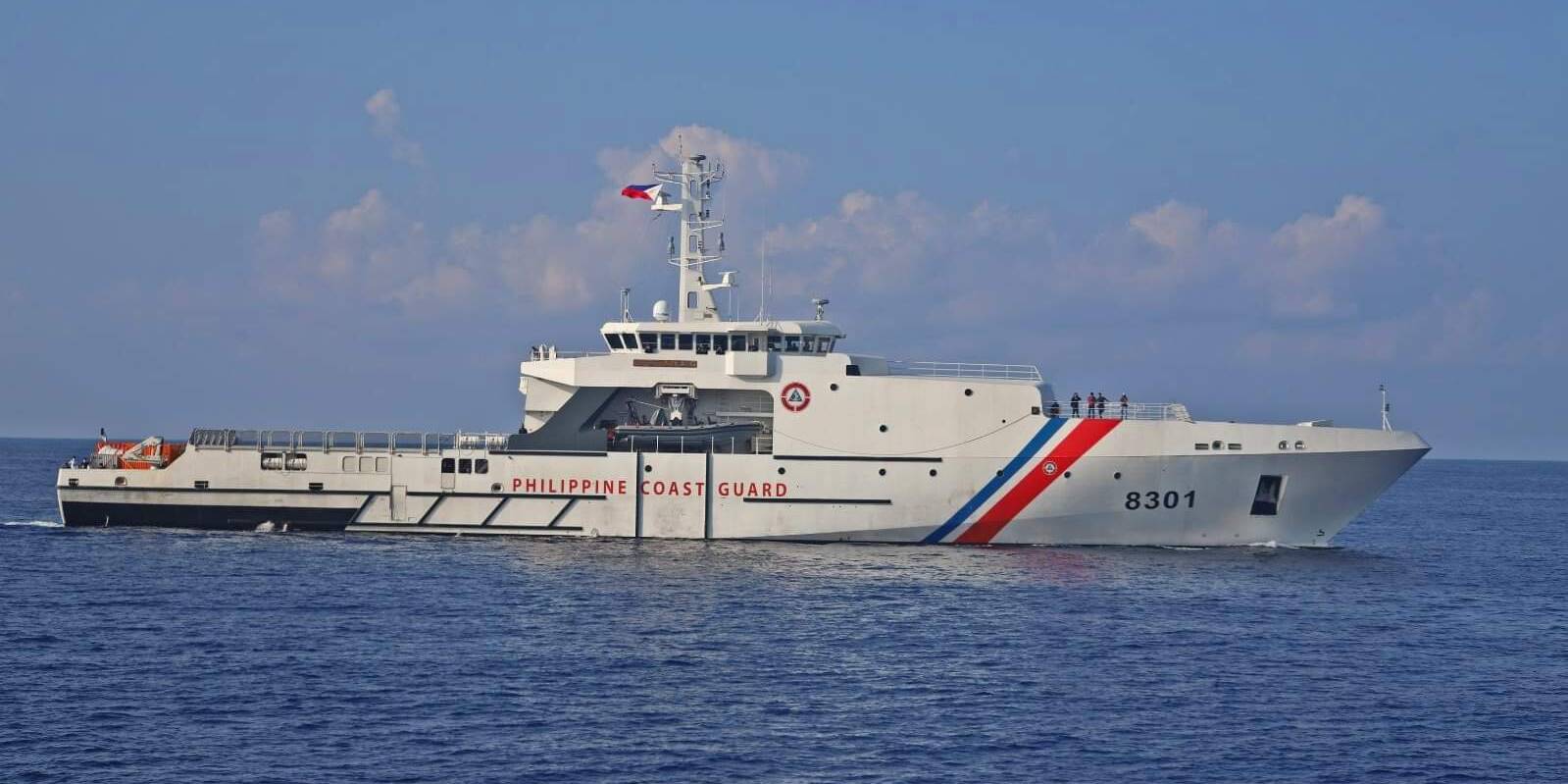Dr. Pooja Bhatt, for Pacific Forum
While the four states of the Quadrilateral Security Dialogue (or “Quad”) maintain separate organizations responsible for military and non-military missions at sea, no two delineate those organizations’ responsibilities the same way. This fact notwithstanding, Quad countries stand to gain much by exploring new areas of cooperation between their maritime law enforcement agencies.
The Quad brings together four like-minded democratic countries—India, Japan, Australia and the US—who share similar visions for a free, open, prosperous, and inclusive Indo-Pacific region. Geographically, the four countries effectively bound the Indian and Pacific Oceans. Politically, all four countries already have established respective comprehensive security and economic partnerships and 2+2-level dialogues to discuss cooperation on military and economic issues. Militarily, the four states participate in several major exercises and a series of smaller activities, while Japan and Australia maintain alliances with the United States. These deepening relationships provide an ideal foundation for extending their security cooperation to their maritime law enforcement agencies.
The Indian Coast Guard is the fourth arm of the Indian military controlled by India’s Ministry of Defense. The Indian Coast Guard Act was enacted on Aug. 18, 1978 to institutionalize India’s maritime security force and safeguard India’s maritime holdings as delineated in the 1976 Maritime Zones of India Act. It has grown from seven surface platforms in 1978 into a lean-yet-formidable force with 158 ships and 70 aircraft in its inventory in 2022, and is seeking to expand further. The ICG’s role has widened as well, expanding from its initial remit of countering seaborne smuggling activities to now addressing a wide range of maritime issues and challenges.
Delhi’s primary objective in creating a coast guard was to undertake peacetime tasks of ensuring the security of its maritime holdings. The enshrined duties of the ICG include enforcement of maritime zones and safety of artificial islands, and security of offshore terminals, installations and other structures. The ICG is responsible for protecting and assisting distressed mariners, environmental preservation, and control of marine pollution. It can also be called upon to support the Indian Navy during wartime. The ICG also participates in both domestic and international training opportunities.
Operating an average of 40 vessels on patrol at any given time, the ICG covers an area of approximately 55 million square kilometers (21 million square miles). The organization’s assets are widely distributed along the Indian coast, allowing pan-India littoral presence (including the Andaman and Nicobar Islands) and quick dispatch in case of distress, which it regularly has occasion to prove as it conducts humanitarian assistance and disaster relief operations in the Indian Ocean region.
At the regional and international institutional level, ICG has enhanced its ties with counterparts of other partner nations. Intending to institutionalize this cooperation, the ICG has signed MoUs with various countries to address threats in the maritime domain in a collaborative manner.
As India’s premier maritime law enforcement agency, the ICG provides an appropriate forum and foundation upon which to strengthen the diplomatic relations between the Quad nations. With broad expertise in protection of sea lines of communication (SLOCs), pollution response, search and rescue, boarding operations, protecting aquatic species, and so on coast guards have any number of potential areas for interaction and cooperation.
The ICG and Japan Coast Guard (JCG) have signed a memorandum of understanding and already conduct bilateral exercises. Established in 1948, the Japan Coast Guard has a huge fleet of more than 350 technologically advanced vessels. Cooperation between the two can further be developed by increasing the frequency of joint training exercises in areas of mutual concern such as illegal, unreported, and unregulated (IUU) fishing. As the Indian Ocean hosts increasing numbers of foreign oceanographic research vessels, as do waters around Japan, both coast guards would benefit from sharing resources, best practices, and observations to address any unusual behavior exhibited by these vessels within and outside their respective EEZs.
Though Australia lacks an organization formally named a “coast guard,” India and Australia’s Maritime Border Command can cooperate on issues in their shared region. As MBC operates specialized equipment and oil spill remediation measures, this partnership would be a valuable skills exchange in addition to providing increased environmental security. The IOR is an area of heavy maritime traffic and that traffic results in higher frequency of marine pollution due to oil spills, accidents, and other environmental damage. The two countries might also explore formalizing agreements on conservation of marine resources, preventing illegal activities in protected areas, and countering illegal exploration of natural resources. Similar to Australia, India has several marine protected areas where knowledge sharing and best practices could be exchanged between the two organizations. Increasing the frequency of cross-training would create a knowledge-sharing platform and increase mutual understanding.
USCG is one of the eight uniformed services of the United States and sits within the US Department of Homeland Security. It has largest fleet of ships and aircraft amongst the four Quad nations, and its mandate extends beyond US domestic waters into international waters. It has state-of-the-art technology equipment that makes it one of the most advanced coast guard in the world, providing a valuable opportunity for the ICG to learn and adopt best practices. While a USCG cutter made the service’s maiden visit to India in the summer of 2022, the two coast guards do not have an MoU formalizing their relationship or detailing a plan for cooperation.
The original article can be found here at the Pacific Forum.
Dr Pooja Bhatt ([email protected]) is a maritime researcher and currently working as a consultant at the Ministry of External Affairs, Government of India. The views mentioned here are the author’s own and do not reflect the position of MEA or any other government organization.
This PacNet was developed as a part of a workshop on potential cooperation among Quad coast guards to implement the FOIP vision organized by YCAPS. The papers were edited by John Bradford (RSIS) and Blake Herzinger (AEI).
Feature Image: HAL Chetak of the Indian Coast Guard / Ministry of Defence of India, via Wikimedia Commons
Related Analyses
February 13, 2024
Assessing Indonesia’s potential presidents’ South China Sea strategies
0 Comments7 Minutes
January 2, 2024
Marcos’ new code of conduct for the South China Sea is a non-starter
0 Comments6 Minutes


